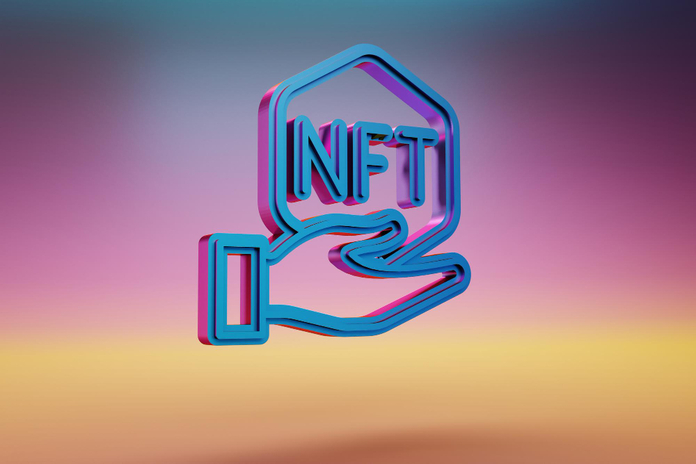NFT Market Recovery: Sales Surge on Major Blockchains
This post was originally published on this site

After a prolonged period of decline throughout 2024, the non-fungible token market is showing signs of a recovery. Recent data from CryptoSlam indicates that weekly sales volumes on some of the leading blockchains for digital collectibles have finally turned positive, suggesting a potential resurgence in the NFT market. This article delves into the details of this NFT market recovery, highlighting the performance of major blockchains like Polygon, Ethereum, and Solana.
NFT Market Recovery: A Closer Look at the Data
The NFT market, which had seen a significant drop in sales earlier in the year, is now experiencing a much-needed boost. According to CryptoSlam, the top five blockchains for NFTs have recorded notable increases in weekly sales volumes. Leading the charge is Polygon, with an impressive 123.20% increase in seven-day sales. This marks a significant recovery for Polygon, which has been striving to establish itself as a key player in the NFT space.
Ethereum, the largest blockchain for NFTs, also saw a substantial rise in sales, with a 32.79% increase over the past week. This resurgence is particularly important for Ethereum, as it has been the foundation for many high-profile NFT projects. Solana, another major player in the NFT market, recorded a 12.13% boost in sales, further contributing to the overall NFT market recovery.
Bitcoin: The Outlier in the NFT Market
While most of the top blockchains enjoyed a positive week, Bitcoin was the exception. The Bitcoin blockchain, which has recently ventured into the NFT space, saw a 7.01% decrease in weekly sales. This decline makes Bitcoin the only major platform to record a drop in sales volume during this period. Despite this, the overall trend in the NFT market remains positive, with the gains on other blockchains outweighing Bitcoin’s dip.
Increased Buyer Participation Fuels Market Growth
Another encouraging sign of the NFT market recovery is the increase in the number of buyers. Over 500,000 buyers participated in the NFT market last week, reflecting a 37.97% increase from the previous week, according to CryptoSlam. This surge in buyer activity is a strong indicator of renewed interest in digital collectibles.
Among the top ten blockchains, Solana led the pack with 220,304 buyers, showcasing its growing popularity. Polygon followed with 89,498 buyers, and Ethereum attracted 44,188 buyers. The increase in buyer participation suggests that more individuals are entering the NFT market, contributing to the overall recovery.
Challenges Remain Despite Weekly Gains
Despite these promising weekly gains, the broader NFT market continues to face challenges. The recent increases in sales volumes have not been sufficient to reverse the overall downward trend that has characterized the market in recent months. The NFT sector saw a 45% drop in sales during the second quarter of 2024, with total sales volume reaching just $2.24 billion, its lowest level since the third quarter of 2023.
July 2024 was particularly challenging for the NFT market, recording the lowest monthly sales volume since November 2023. However, there was a 73% increase in the number of transactions during this period, suggesting that while overall sales values have dropped, the number of individual transactions remains high. This could indicate more activity at lower price points, as buyers continue to engage with NFTs despite the market’s downturn.
Looking Forward: Is the NFT Market on the Verge of a Full Recovery?
The recent surge in weekly sales and buyer participation is a positive sign for the NFT market. However, it remains to be seen whether this recovery will be sustained in the coming months. The market’s ability to maintain this momentum will likely depend on various factors, including broader economic conditions and continued innovation within the NFT space.
As the NFT market navigates these challenges, the performance of major blockchains like Polygon, Ethereum, and Solana will be crucial indicators of the market’s health. If the current trend continues, the NFT market could be on the verge of a more significant recovery, bringing renewed optimism to investors and creators alike.
Featured Image: Freepik






